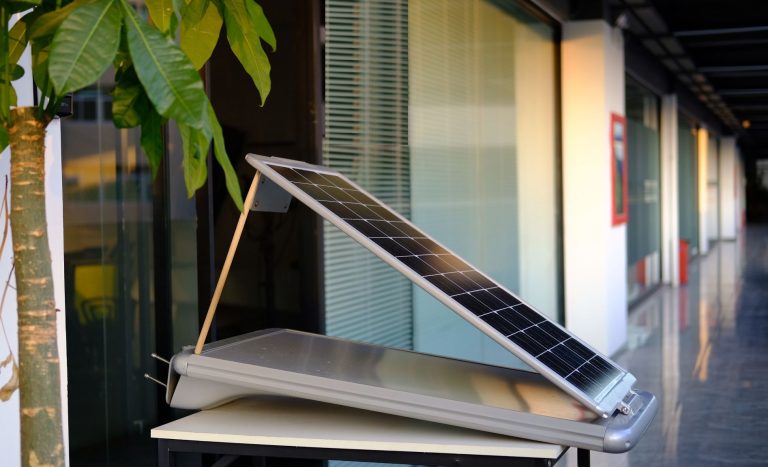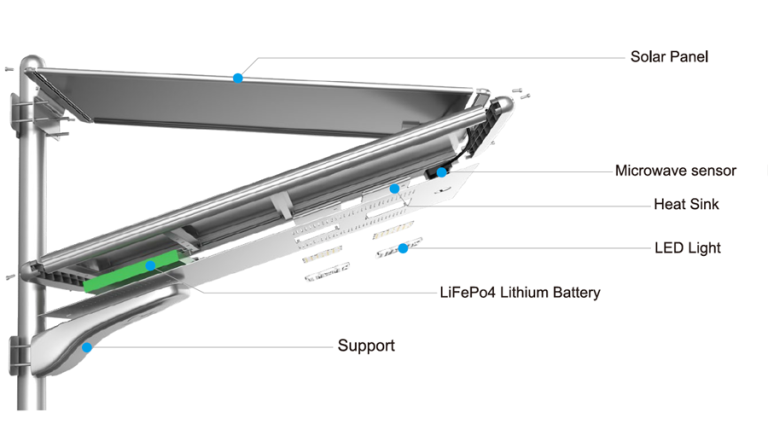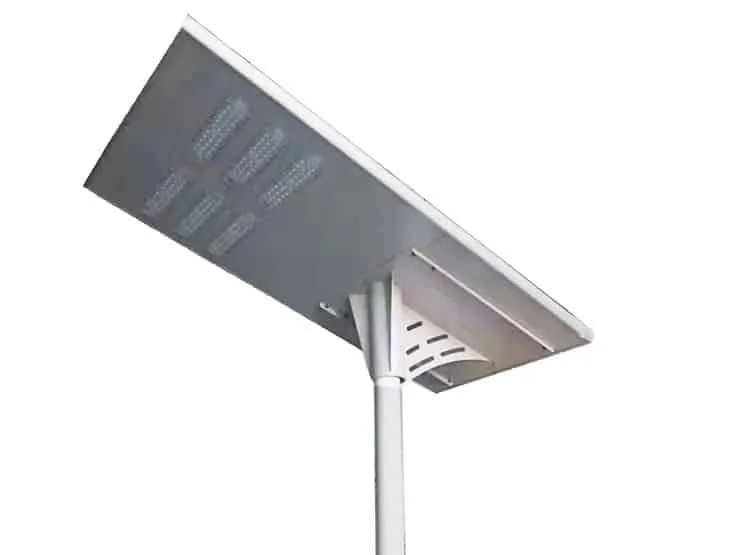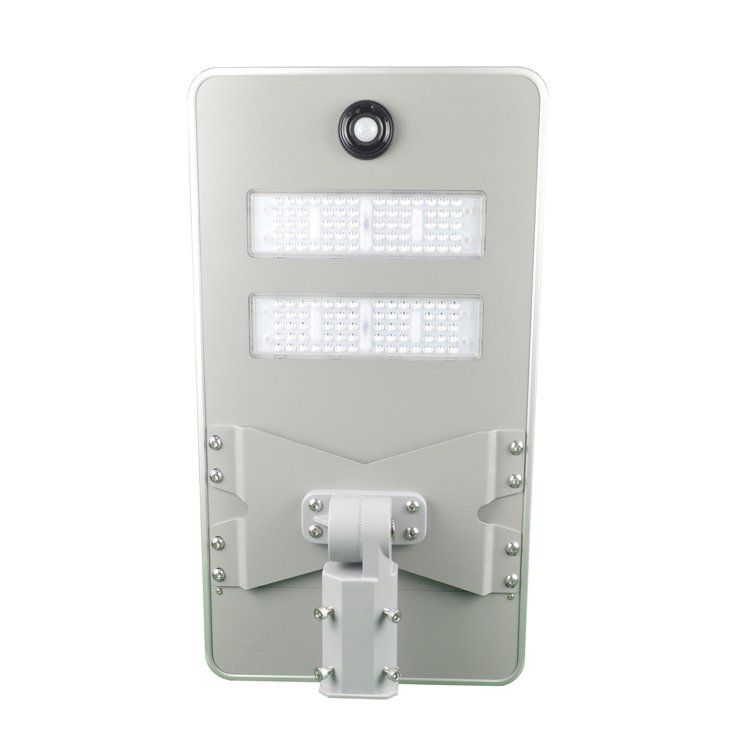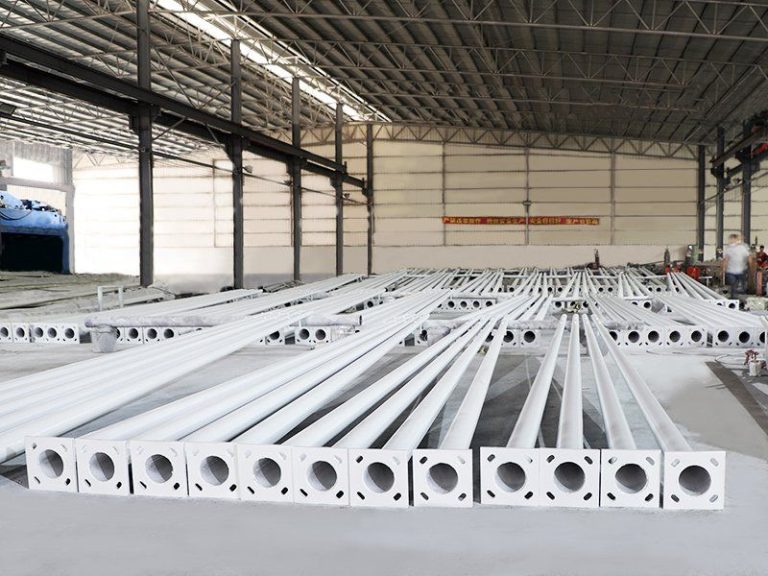Location Considerations: Choosing the Right Spot for Solar Street Lights
When considering the purchase of solar street lights, selecting the right location is paramount to their effectiveness and efficiency. Several factors should be taken into account to ensure optimal performance and longevity of the solar lighting system.
Firstly, it’s crucial to assess the amount of sunlight the chosen location receives throughout the day. Solar street lights rely on sunlight to generate electricity, so placement in an area with maximum exposure to sunlight is essential. Ideally, the selected spot should be free from obstructions such as tall buildings, trees, or other structures that may cast shadows and reduce the amount of sunlight reaching the solar panels.
Moreover, the orientation of the solar panels plays a significant role in maximizing energy capture. In the northern hemisphere, solar panels should typically face south to harness the most sunlight. Conversely, in the southern hemisphere, they should face north. Ensuring proper alignment of the solar panels will optimize energy production and enhance the overall performance of the solar street lights.
Additionally, considering the geographic location and weather patterns of the area is crucial when determining the placement of solar street lights. Regions with frequent cloud cover or inclement weather may experience reduced sunlight exposure, impacting the efficiency of the solar panels. In such cases, selecting a location with ample sunlight during the day becomes even more critical to compensate for potential energy loss.
Furthermore, it’s essential to evaluate the surrounding environment for potential obstructions and hazards that may affect the installation and operation of solar street lights. Factors such as proximity to overhead power lines, underground utilities, or pedestrian and vehicular traffic should be taken into consideration to ensure safety and compliance with local regulations.
In urban areas, street lighting plays a vital role in enhancing visibility and safety for pedestrians and motorists alike. When installing solar street lights in urban environments, it’s essential to consider factors such as street width, traffic flow, and pedestrian activity to determine the most strategic placement for maximum coverage and effectiveness.
Similarly, in rural or remote areas where access to conventional grid power may be limited or nonexistent, solar street lights offer a sustainable and cost-effective lighting solution. When selecting locations for solar street lights in rural settings, factors such as community needs, road conditions, and geographic features should be considered to ensure adequate lighting coverage and functionality.
Moreover, considering the aesthetic impact of solar street lights on the surrounding landscape is also important, particularly in residential areas or tourist destinations. Choosing fixtures that complement the architectural style and ambiance of the environment can enhance the overall visual appeal while providing practical lighting solutions.

In conclusion, selecting the right location for solar street lights is a critical aspect of ensuring their effectiveness, efficiency, and longevity. By carefully assessing factors such as sunlight exposure, geographic location, environmental conditions, and surrounding infrastructure, stakeholders can make informed decisions that maximize the benefits of solar lighting systems for both urban and rural applications.

